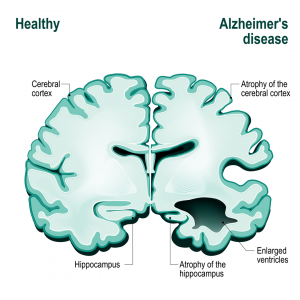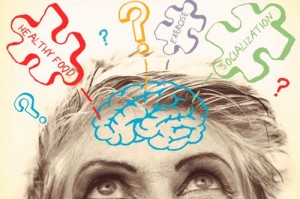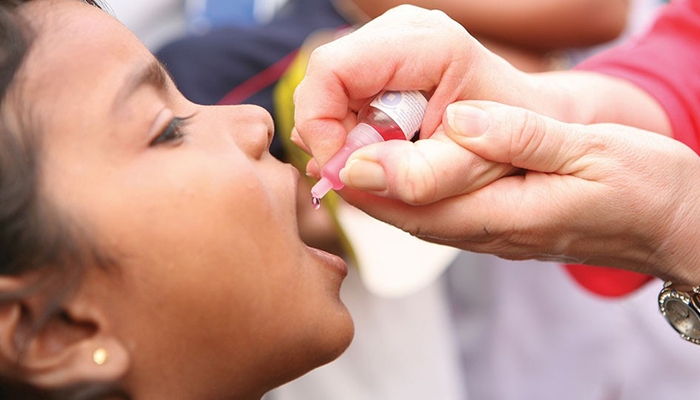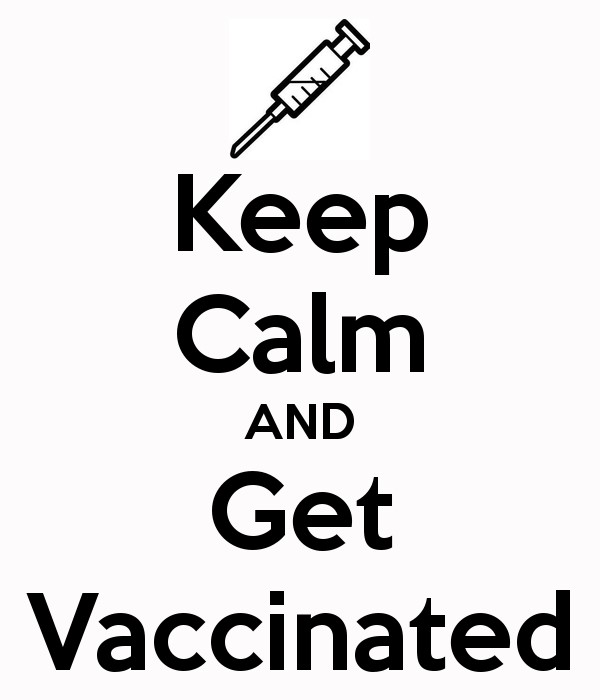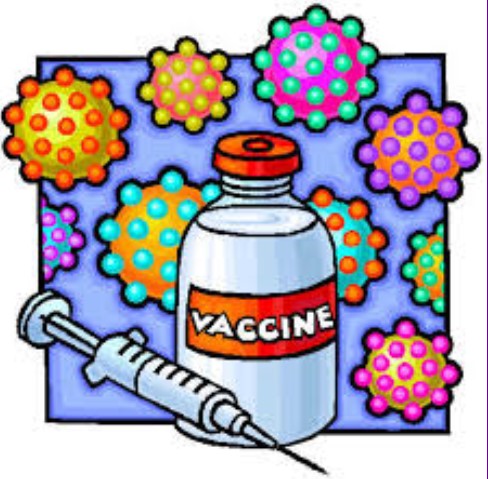
Pregnancy is one of the most blissful times in every woman’s life. Along with the happiness comes a sense of responsibility. Along with the responsibility come all the advices and the worries about antenatal period. What to expect? Whom to believe? What advices are to be followed? Having gone through all of this recently myself, I can say that pregnancy is one heck of a roller coaster ride.
Many women face complications during pregnancy. Some related to Physical health and some related to Mental health. Out of the problems related to physical health, Gestational Diabetes (GDM) and Pregnancy induced Hypertension (PIH) are of utmost concern.
What is Pregnancy Induced Hypertension (PIH)?
PIH is the development of hypertension for the first time after 20 weeks of gestation without the presence of protein in urine or other signs of pre-eclampsia (a potentially dangerous pregnancy complication characterised by high blood pressure along with swelling of hands and feet.). Hypertension (HTN) is defined as blood pressure more than 140/90 mmHg.
What can cause PIH?
There are several possible causes of PIH, namely;
● Being Overweight or Obese
● Lack of Activity through the day
● Smoking and Alcohol
● Family history of PIH
● PIH during previous pregnancy
● Multiple pregnancy (like twins)
● Maternal age (over 35 or adolescent pregnancy)
● Living with a single kidney
● IVF mothers
● Past history of diabetes, hypertension, renal disease
● Placental abnormalities
What are the types of PIH?
● Gestational Hypertension:
Women with gestational hypertension have high blood pressure that develops after 20 weeks of pregnancy. There is no excess protein in the urine or other signs of organ damage. Some women with gestational hypertension eventually develop preeclampsia.
● Chronic Hypertension:
Chronic hypertension is high blood pressure that was present before pregnancy or that occurs before 20 weeks of pregnancy. But, because high blood pressure usually may not be present with any symptoms, it might be hard to determine when it began.
● Chronic Hypertension with superimposed preeclampsia:
This condition occurs in women with chronic HTN before pregnancy who then develop worsening high blood pressure and protein in the urine or other health complications during pregnancy.
● Preeclampsia:
Sometimes chronic HTN or gestational HTN leads to pre-eclampsia, a pregnancy complication characterized by HTN and proteinuria (protein in urine)— usually after 20 weeks of pregnancy. If left untreated, preeclampsia can lead to serious — even fatal — complications for mother and baby. Previously, preeclampsia was only diagnosed if a pregnant woman had HTN and proteinuria. However, experts now know that it’s possible to have preeclampsia, yet never have proteinuria.
● Eclampsia:
In a woman with pre eclampsia, if tonic clonic seizures appear it is considered as eclampsia.
What signs and symptoms should one look for?
● Presence of protein in the urine or additional signs of kidney problems
● Severe headaches
● Changes in vision, including temporary loss of vision, blurred vision or light sensitivity
● Upper abdominal pain, usually under your ribs on the right side
● Nausea or vomiting
● Decreased urine output
● Decreased levels of platelets in your blood (thrombocytopenia)
● Impaired liver function
● Shortness of breath, caused by fluid in your lungs
● Sudden weight gain and swelling (edema) particularly in your face and hands — often accompanies preeclampsia. But this can also occur in many normal pregnancies, so they’re not considered reliable signs of preeclampsia.
● Spots before your eyes
● Blood in the urine
● Dizziness
If you experience any of the symptoms mentioned, immediately report to your Gynecologist or health care provider.
What problems can you face if you develop PIH?
1. PROM – pre mature rupture of membrane can happen before the mother goes into labor
2. Placental abruption- in which the placenta partially or completely separates from your uterus before your baby’s born. This can deprive your baby of oxygen and nutrients, and cause severe bleeding that can be dangerous to you both.
3. Premature delivery
4. IUGR baby (Intra Uterine Growth Restriction)
5. Liver, kidney and blood clotting problems
6. IUD – Intra Uterine death
What is best way to manage PIH?
Consult your Doctor at the earliest and keep up with your follow ups and the prescribed medications. Along with medicines make sure you follow a healthy lifestyle keeping a close watch on your weight gain. Include the below to aide a normal pregnancy.
1. Bed rest depending on your blood pressure.
2. Manage your stress with the help of Meditation and try indulging in hobbies.
3. Salt restriction goes a long way in reducing your blood pressure.
5. Maintaining a healthy and nutritious food pattern is the best remedy for any form of disorder and works for PIH too.
It is very important to maintain a healthy blood pressure through the entire pregnancy and one must not wait till pregnancy to start adopting good lifestyle practices. Always remember Healthy Mother – Healthy Baby!!
#BeTheForce
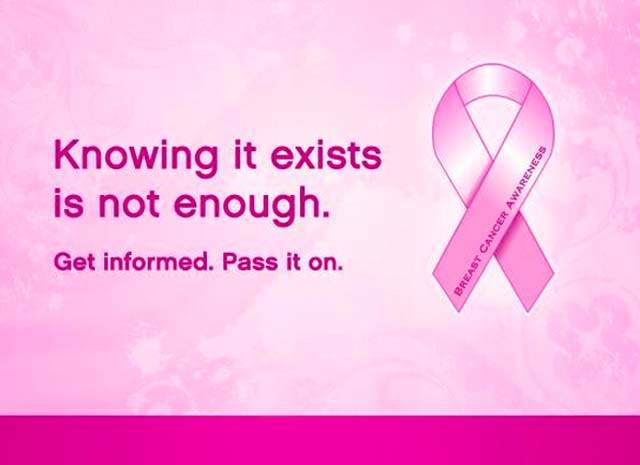
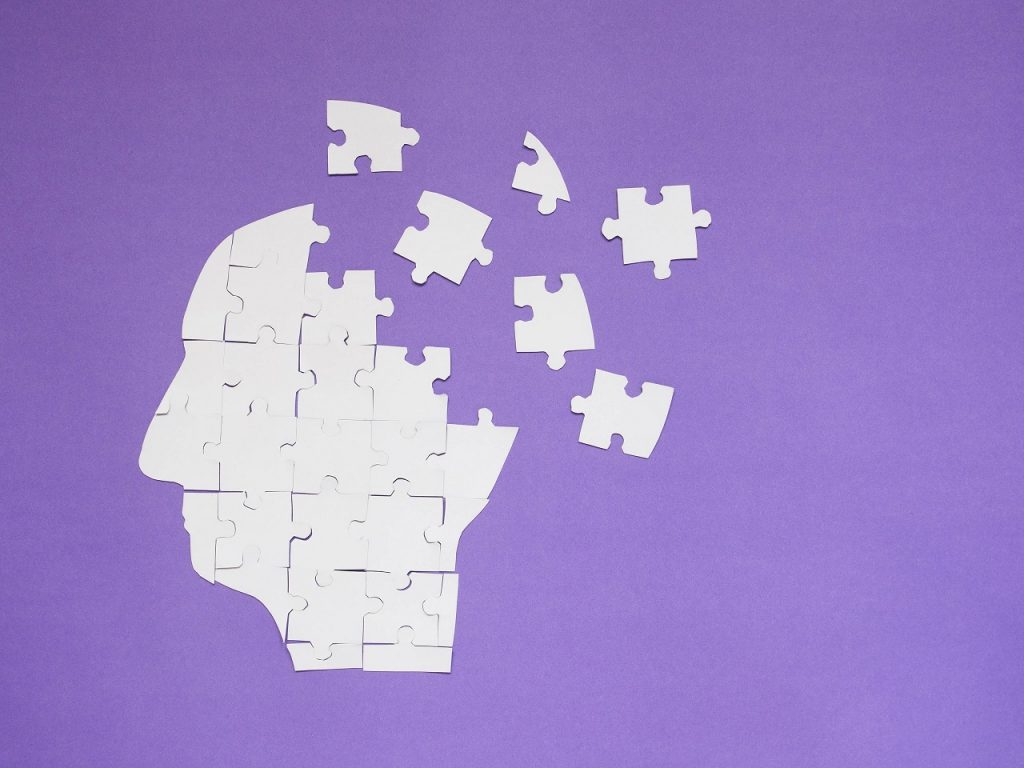 If you’ve read ‘The Notebook’ by Nicholas Parks, later adapted into a film by the same name, you might have a fair idea of what Alzheimer’s really is. The book is centered around Allie and Noah, an all-time romantic couple. There’s a beautiful scene in the film where Noah, who is an old man now, narrates a story to Allie about a couple and how their love blossomed through hardships. Amazed by this story, Allie only realizes later that this story is about them. Noah read this to her as he had promised before the disease set in. The disease was Alzheimer’s!
If you’ve read ‘The Notebook’ by Nicholas Parks, later adapted into a film by the same name, you might have a fair idea of what Alzheimer’s really is. The book is centered around Allie and Noah, an all-time romantic couple. There’s a beautiful scene in the film where Noah, who is an old man now, narrates a story to Allie about a couple and how their love blossomed through hardships. Amazed by this story, Allie only realizes later that this story is about them. Noah read this to her as he had promised before the disease set in. The disease was Alzheimer’s!